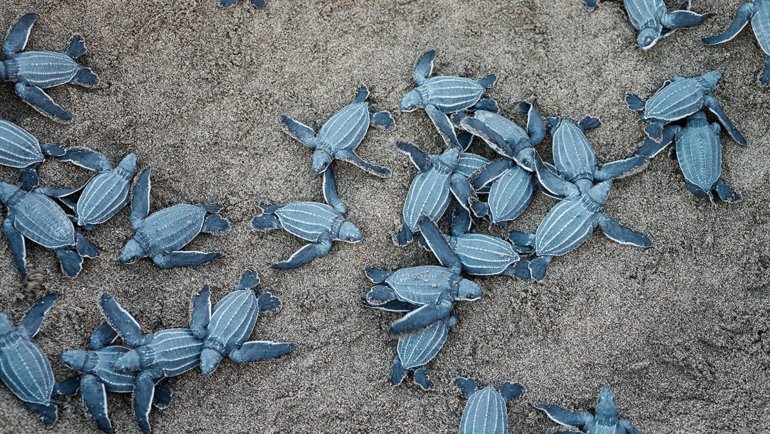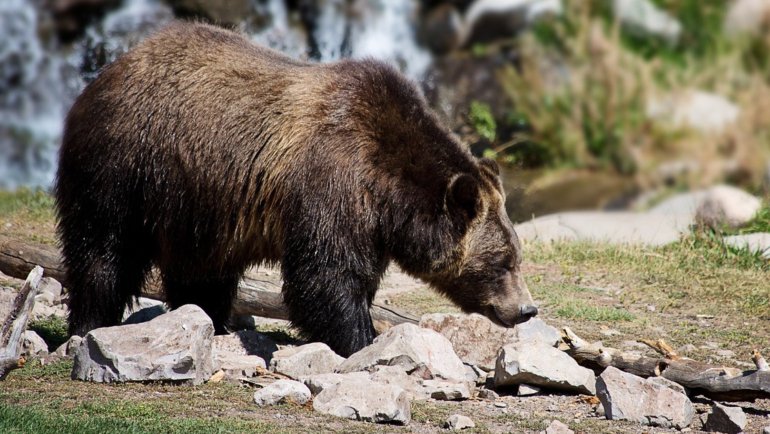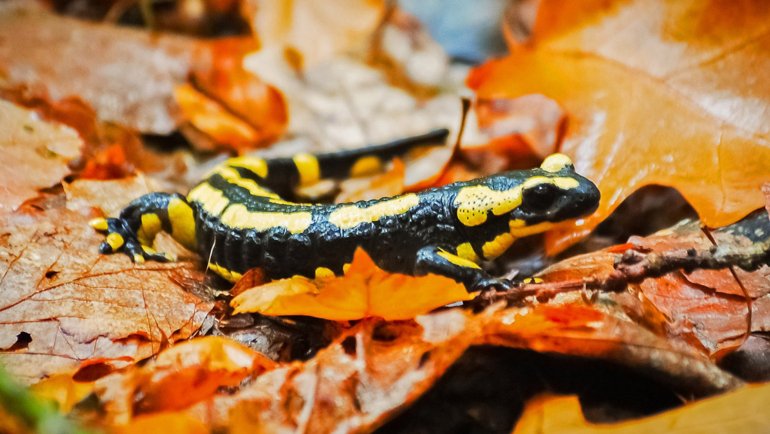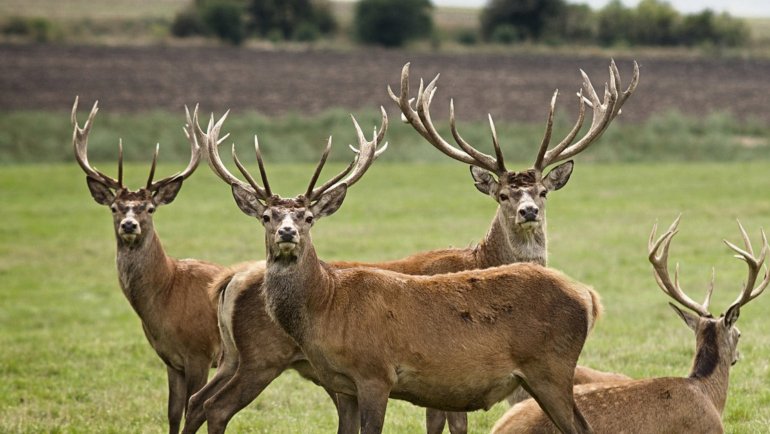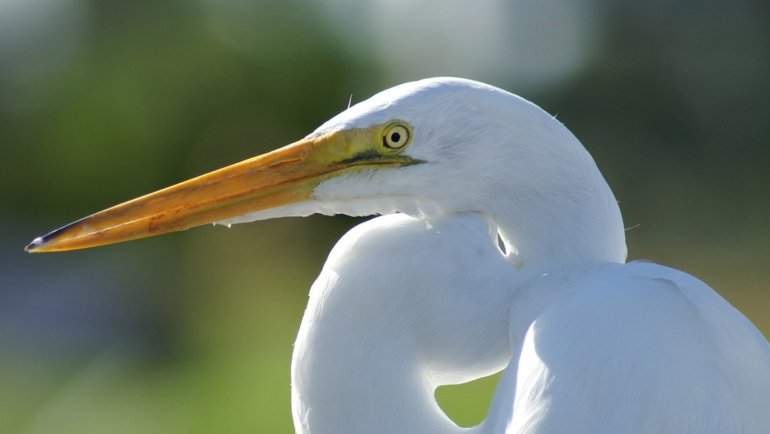As artificial intelligence (AI) technologies become more advanced, they are increasingly being used to monitor wildlife and protect endangered species. However, the use of AI-powered surveillance tools in conservation raises significant ethical questions.
Issues such as privacy invasion, data misuse, and unintended consequences are concerns that must be addressed to ensure that AI is deployed responsibly in nature. This article explores the ethical challenges of AI surveillance in wildlife monitoring, drawing parallels to similar issues in human applications.
What Is AI Surveillance in Conservation?
AI surveillance in conservation involves the use of camera traps, drones, audio sensors, and other monitoring tools that are equipped with AI algorithms to detect and analyze wildlife activity. These tools can automatically identify species, track animal movements, and alert conservationists to potential threats, such as poaching or habitat destruction.
For example, AI-powered drones can scan vast areas of forest or savanna, detecting both animals and human activity. Similarly, audio sensors can pick up specific animal calls or detect gunshots, alerting rangers to illegal hunting activities. These technologies provide a more efficient way to monitor wildlife without the need for constant human presence.
While these tools have the potential to revolutionize wildlife conservation, they also raise ethical concerns. The use of AI in surveillance — whether in nature or human society — comes with risks that must be carefully managed.

Ethical Challenges: Data Privacy, Accuracy, and Misuse
1. Data Privacy
One of the primary ethical concerns with AI surveillance in wildlife conservation is data privacy. Although animals do not have the same privacy rights as humans, the surveillance tools used to monitor wildlife can inadvertently capture images or data about people. For example, camera traps placed in remote areas may capture footage of indigenous communities, tourists, or researchers.
This raises questions about who owns the data and how it should be used. If the data falls into the wrong hands, it could be misused for purposes other than conservation, such as tracking people’s movements or invading their privacy.
2. Accuracy and Bias
AI algorithms are only as good as the data they are trained on. If the training data is limited or biased, the AI system may produce inaccurate results. For instance, an AI model trained primarily on images of animals from one region may struggle to identify species in other regions.
In wildlife monitoring, this could lead to misidentification of species or failure to detect certain animals, undermining conservation efforts. Additionally, biased AI systems may overlook marginalized communities or habitats that are equally deserving of protection.
3. Misuse of Data
Another concern is the potential for data misuse. The information collected by AI surveillance tools could be used for purposes other than conservation. For example, if poachers gain access to surveillance data, they could use it to locate animals and evade rangers.
There is also the risk that governments or corporations could repurpose these tools for mass surveillance of people, raising concerns about civil liberties. The same AI systems that monitor wildlife could be adapted to track human activity, blurring the lines between conservation and surveillance of individuals.
Balancing Ethics with Conservation Needs
Despite these ethical challenges, AI surveillance tools offer significant benefits for wildlife conservation. The key is to find a balance between protecting wildlife and ensuring ethical use of AI technologies.
Here are some ways to address ethical concerns:
- Implement data safeguards: Ensure that all data collected is encrypted and accessible only to authorized personnel.
- Minimize human data capture: Design surveillance tools to focus solely on wildlife and avoid capturing human images or data whenever possible.
- Audit AI algorithms: Regularly review AI models to ensure they are accurate, unbiased, and fit for purpose.
- Create clear guidelines: Establish ethical guidelines for the use of AI in conservation, including how data should be collected, stored, and used.
By implementing these measures, conservationists can leverage the power of AI while minimizing ethical risks.

The Future of AI Surveillance in Nature
As AI technologies continue to evolve, their use in wildlife conservation is likely to increase. In the future, we may see:
- Real-time monitoring: AI tools providing instant updates on animal movements and potential threats.
- Predictive analytics: AI systems predicting environmental changes and animal behavior, allowing conservationists to take proactive measures.
- Automated enforcement: Drones and AI cameras automatically detecting illegal activities and notifying authorities in real-time.
While these advancements hold great promise, they also highlight the importance of addressing ethical concerns from the outset. The goal should be to ensure that AI is used to protect wildlife and ecosystems without compromising privacy or civil liberties.
Conclusion
AI surveillance tools are transforming wildlife conservation by providing powerful new ways to monitor and protect endangered species. However, these technologies come with ethical challenges that must not be overlooked. Issues of data privacy, accuracy, and potential misuse are as relevant in wildlife monitoring as they are in human applications.
By addressing these challenges and establishing clear ethical guidelines, we can ensure that AI is used responsibly in nature. The future of wildlife conservation may be digital, but it must also be ethical and sustainable.
